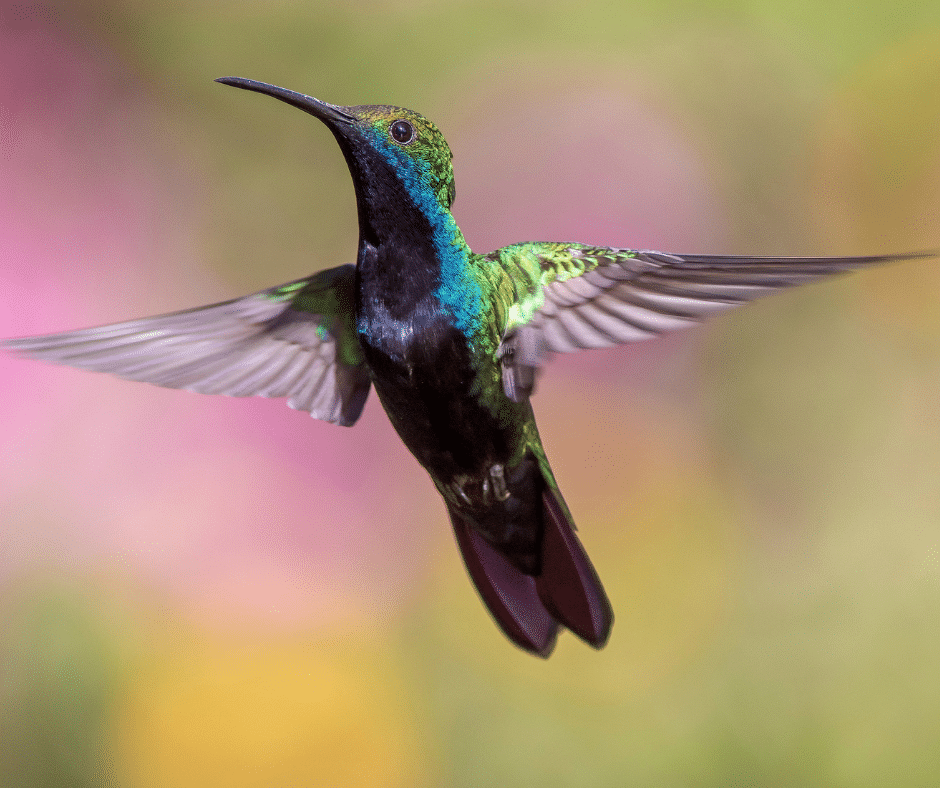Have you ever wondered how an airplane can stay in the air? It’s not just a matter of lifting off, because airplanes need to cruise once they reach their desired altitude. The energy that enables them to stay up comes from fuel. You may wonder what kind of energy powers a soaring bird or bat.
Luckily, this question has been studied by scientists. They found that the energy for soaring birds comes from air currents, not their muscles.

Most of us know what an airplane does in order to fly. It uses propellers or jet engines to push air down and create lift against gravity. But how do soaring birds get into the air? Just like airplanes, soaring birds need a source of power to create enough force for a lift against gravity.
If you’ve ever watched a soaring bird, you know that they look like they’re just gliding through the air. In fact, many of them use updrafts or rising warm air to stay in the air. These birds often have special feathers on their wings and tails which make sure they can fly without too much effort.

Why Gliding is Easy for Soaring Birds
Birds that soar often have a special feather structure on their wings and tails which reduces the amount of work they need to do in order to fly. This feather structure creates a lifting force as warm air rises through it, similar to an airplane getting lift from warm air as it comes off the wings.
The feathers on a bird’s wing are different from those of other types of birds. In most cases, these special feathers have asymmetrical vanes. This means that each vane is shaped so that it catches air differently than its neighbor depending on which direction the wind is coming from.
If you can imagine what it would be like to stand under a big umbrella when the wind is blowing, you can get an idea of how these feathers work. The air hitting each vane on a bird’s wing is deflected in a way that creates lift and reduces drag.
This feather structure makes soaring birds’ wings and tails more aerodynamic and lighter, too. This means that less work is needed to keep them in the air.

Using Rising Air Currents to Fly
Soaring birds often use rising warm air currents called thermals to stay in the air. These currents of rising hot air are created when the ground heats up during the day. As the sun warms dry land, warm air rises. Some birds curl their wings and fly in circles, slowly rising higher into the sky to ride these currents of warm air.
In conclusion, soaring birds and airplanes use different kinds of energy to fly. Airplanes need fuel to create enough force for lift against gravity. Soaring birds glide through the air using their wings, which are shaped to create a lifting force from warm air currents.
